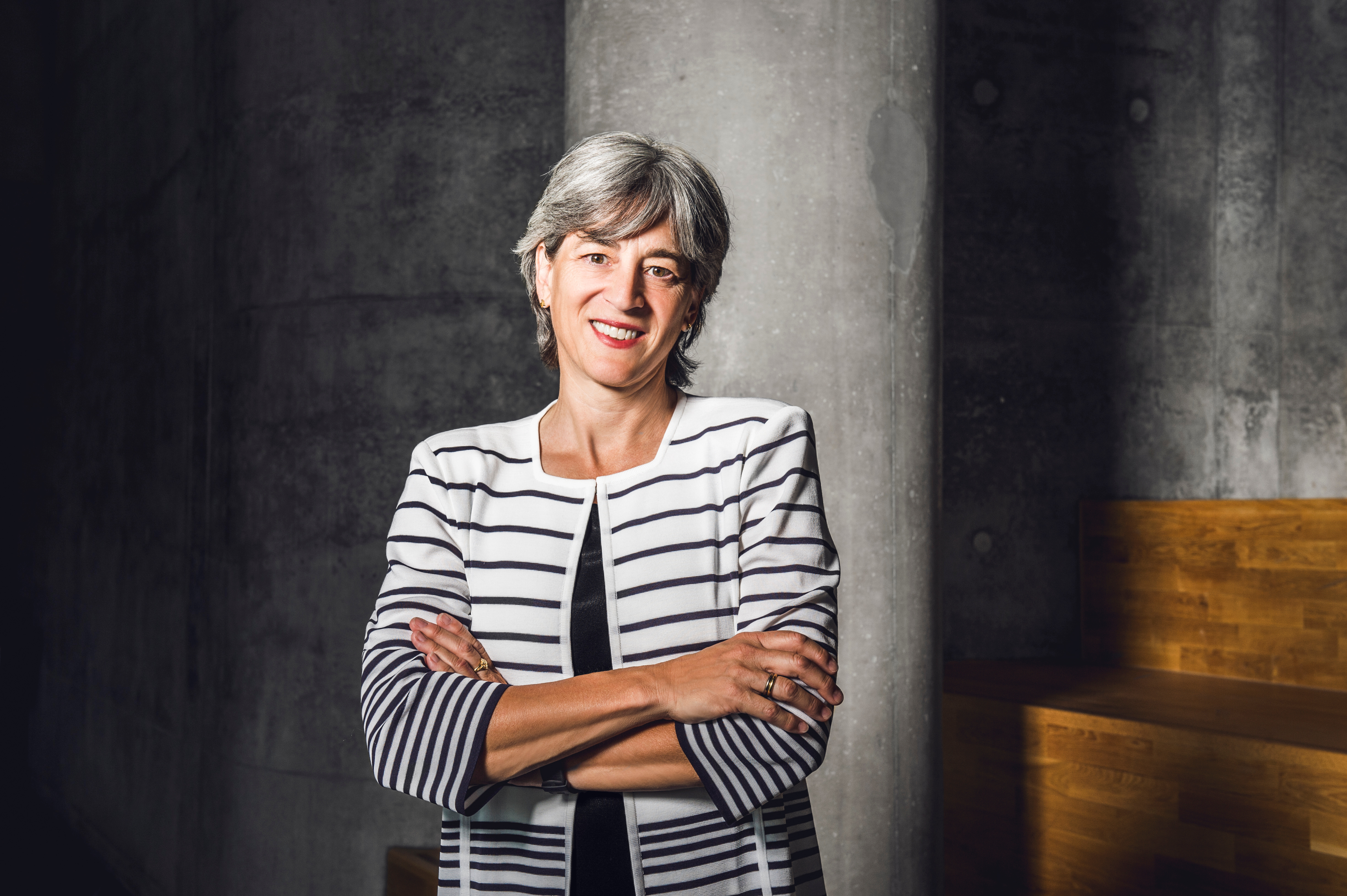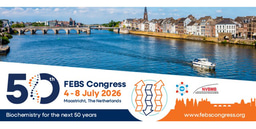Visions: Juleen Zierath, Executive Director of the Novo Nordisk Foundation Center for Basic Metabolic Research, Denmark


Obesity and diabetes are among the biggest public health challenges faced by countries around the world, so we desperately need scientific breakthroughs to develop new treatments and preventative therapies. There are several reasons why the Novo Nordisk Foundation Center for Basic Metabolic Research (CBMR) is uniquely positioned to produce this groundbreaking metabolic research, as our scientists carry out dynamic collaborative projects that strengthen the integration of basic biology with translational, clinical and innovation aspects.
While we have the infrastructure, funding and bright minds to carry out this vital research, it is no guarantee of success. It requires a collaborative culture that rewards high-risk research, and where scientists feel safe enough to ask big questions. Before I share some thoughts on how we go about that, I’ll set the scene.
A setting rich with resources
Most of CBMR’s researchers work across three floors of the Maersk Tower in the University of Copenhagen’s Faculty of Health and Medical Sciences. Look out across the horizon and you can catch sight of many of the stakeholders who play a critical role in our success.
To the north is the Steno Diabetes Center Copenhagen, a key clinical collaborator. Bordering the tower is the faculty’s Panum building, which is home to the Novo Nordisk Foundation Center for Protein Research (CPR) and the Novo Nordisk Foundation Center for Stem Cell Research (DanStem), which are also members of the Copenhagen Bioscience Cluster. Together, we sit at the heart of Copenhagen Science City, a short distance from the city center, where you can find the Medical Museion, the Danish museum of medical history. The museum strengthens our public engagement through exhibitions and outreach that integrate CBMR research, while also carrying out research into science communication through CBMR’s unique research program, Metabolic Science in Culture.
On a clear day, you can look east and admire the enormous suspension bridge that connects Copenhagen to Malmö, Sweden, which make up the Greater Copenhagen region. The region is home to Medicon Valley, a life science cluster that includes nine major universities that carry out life sciences research, along with 350 biotech, medtech and pharma companies that employ more than 40,000 people.
Finally, we benefit from a close connection to Karolinska Institutet in Stockholm, where I am also Professor and lead a research group. There are many advantages to leading two separate, but equally important, research groups in Copenhagen and Stockholm. It increases our access to international talent, opportunities and diverse technologies, and it provides a continual source of insights and perspectives that cross-pollinates and enriches the research in both settings.
High levels of external funding
There is plenty of academic talent to draw on in the region, and we attract international talent from all over the world to make good use of our position as an integrated Center within the University of Copenhagen’s rich academic environment. We take enormous pride in training, educating and collaborating with our many PhDs and postdocs.
We want CBMR to become a preferred location for anyone looking to develop a career in metabolic research. Scandinavian PhDs are highly research oriented, so there is the opportunity to hit the ground running once you arrive. That is also possible thanks to our five enabling biology and technology platforms, which could be established as a result of the high level of external funding we receive.
This funding allows our researchers to carry out high-impact blue skies research through synergistic interdisciplinary projects across the center. I am proud that we have such a wide array of tools, talents and expertise that enable groundbreaking scientific research.
Sharing a vision
Our vision is of a center where we can come together to pursue science with the potential for groundbreaking social impact. We need to trust each other and acknowledge that we cannot solve big and complex problems without having each other’s best interests at heart. That’s why my mission at CBMR is to cultivate a culture where researchers feel safe about taking risks and comfortable about seeing their peers as collaborators, rather than competitors.
Building this type of organization means that I have to be part coach, part referee. My role is not to insert myself into their science – our researchers are perfectly capable of doing the science. But I have to push them to dare to take this culture on and not to worry that their questions are too big, and to see the benefits of replacing their individual focus with a collective mind-set.
When we get it right, our research takes us a step closer to developing therapies that can treat and prevent obesity and diabetes. There is plenty to keep us busy for years to come. And it is this extraordinary untapped potential, which has yet to be unfolded through metabolic science and research, which made me excited to take on this challenge to lead CBMR and its fantastic team.
Juleen Zierath
Top image of post: CREDIT C.F. Møller+Adam Mørk





Join the FEBS Network today
Joining the FEBS Network’s molecular life sciences community enables you to access special content on the site, present your profile, 'follow' contributors, 'comment' on and 'like' content, post your own content, and set up a tailored email digest for updates.